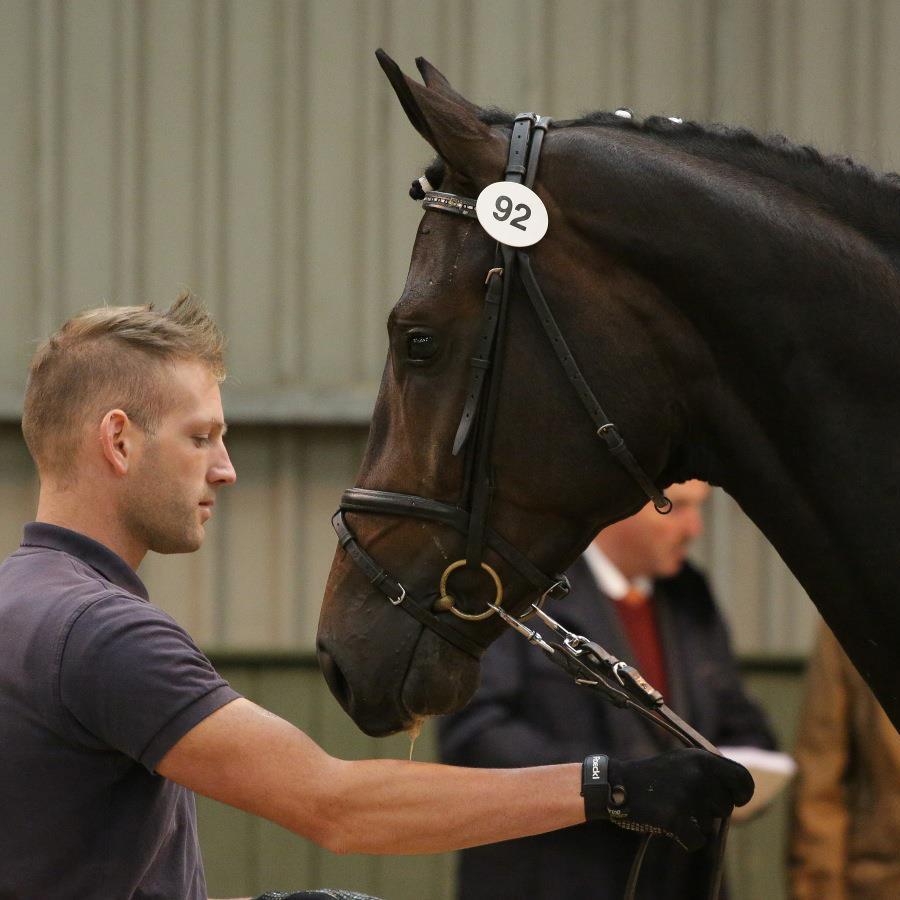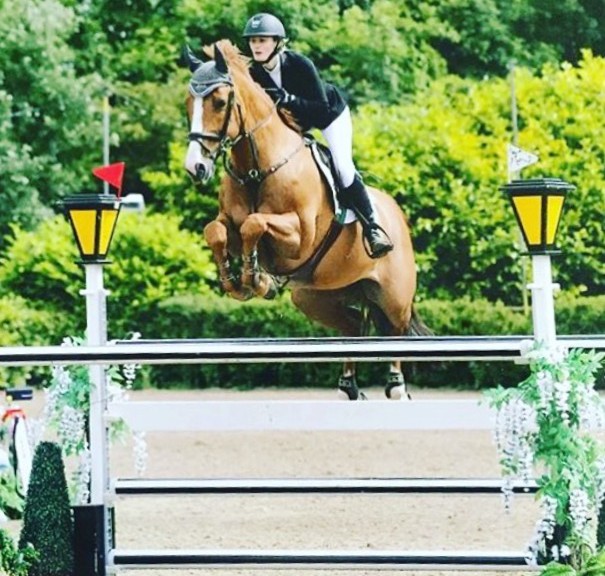Contrary to belief, a day out horse shopping in Ireland can be a fun and highly cost-effective way to view a multitude of extremely well bred, potential and proven, Irish competition horses in a short space of time.
Within an hour of Dublin airport, you will find several highly reputable breeders, producers and competition yards with quality stock for sale at sensible prices. Ireland is renowned for many things but breeding great horses and making Guinness easily come top of the list.
Next time you are looking for your next competition horse, consider a quick day trip to Ireland instead of planning several long drives around England and Scotland to view individual horses. Why not view 6-8 horses in one day to find the horse of your dreams?
Equally, if you’re looking to buy more than one horse, you could plan a weekend trip in order to visit a few big yards. Some breeders and producers will offer overnight hospitality so you’ll leave Ireland having made new friends as well as buying new horses to add to your current string.
If you want to set your pulse racing then you should visit one of the many esteemed sports horse sales in Ireland. The atmosphere was electric at Goresbridge Go For Gold and the Supreme Sale of Showjumpers in November, and I have no doubt the horses they sold will be gracing the top of the leader boards in the very near future.
How To Get There
The cheapest and quickest way of getting to Ireland is typically by aeroplane; flights from most regional airports start from just £18! No need to pack a good book as you’ll be landing before you know it; the flight takes approximately one hour. Most Irish breeders help arrange pick up from the airport or will collect you in person.
Ferry is another option and costs range from £50-£180 depending on how far in advance you book and what date you travel on. The ferry isn’t the quickest or cheapest means of getting to Ireland but having your own car does mean you can drive around Ireland at your own leisure and travel further afield to view horses.
Travelling by train is the third option with return tickets from your own local train station starting at approximately £78.
Three Quality Irish-Based Horses For Sale on Horse Scout
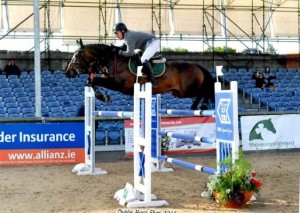
1.35m Perfect Young Rider Horse: ISH Bay Mare rising 8 years 16.1 hands. Grade A mare with 375 points. She has multiple wins and placings at 1.30m – 1.35m level. She jumped clear in the Hankook 6/7 year old Grand final at Cavan Indoor Championships September 2016. She is a serious speed horse and tries her heart out in the ring. Would be a top horse for a competitive young rider or experienced amateur.
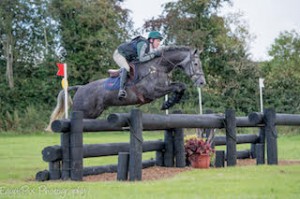
Super Rising 7YO CIC* Event Horse: Beautiful grey ISH mare 17hh rising 7 years old by Carrick Diamond Lad. Placed 2nd as Reserve Champion at Dressage Ireland 4yr old Championships 2014. Won at BE100, placed 2nd at Tullymurray CNC* – only her second ever 1* event. 6 Eventing Ireland points, 32 Dressage points. She would suit a competitive amateur rider or a professional to realise her full potential as she has been bred and produced to go all the way.
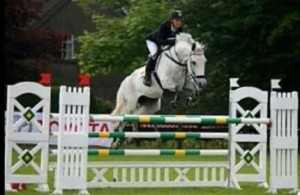
Excellent 1.40m showjumper: Talented and experienced mare that has competed up to 1.40m level successfully in Ireland as an 8 yo. This big scopey mare has a good canter and a brilliant attitude in front of her fences. Proven to be brave and careful over her fences and should go on to jump even bigger tracks. Suitable ride for either amateur or professional rider.

